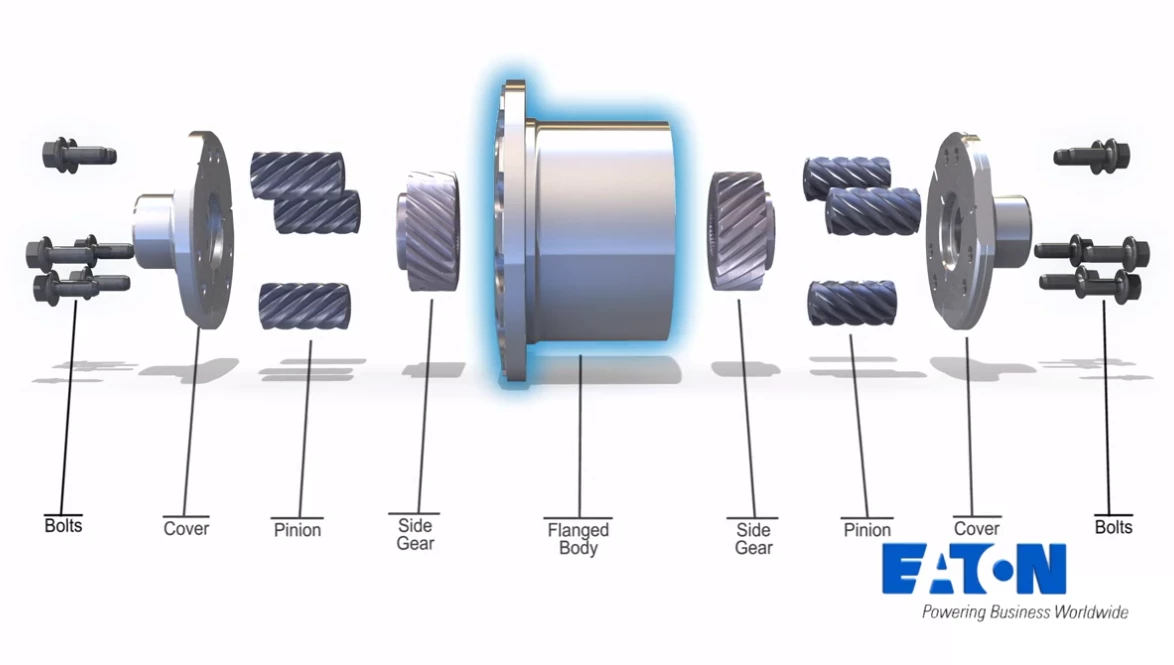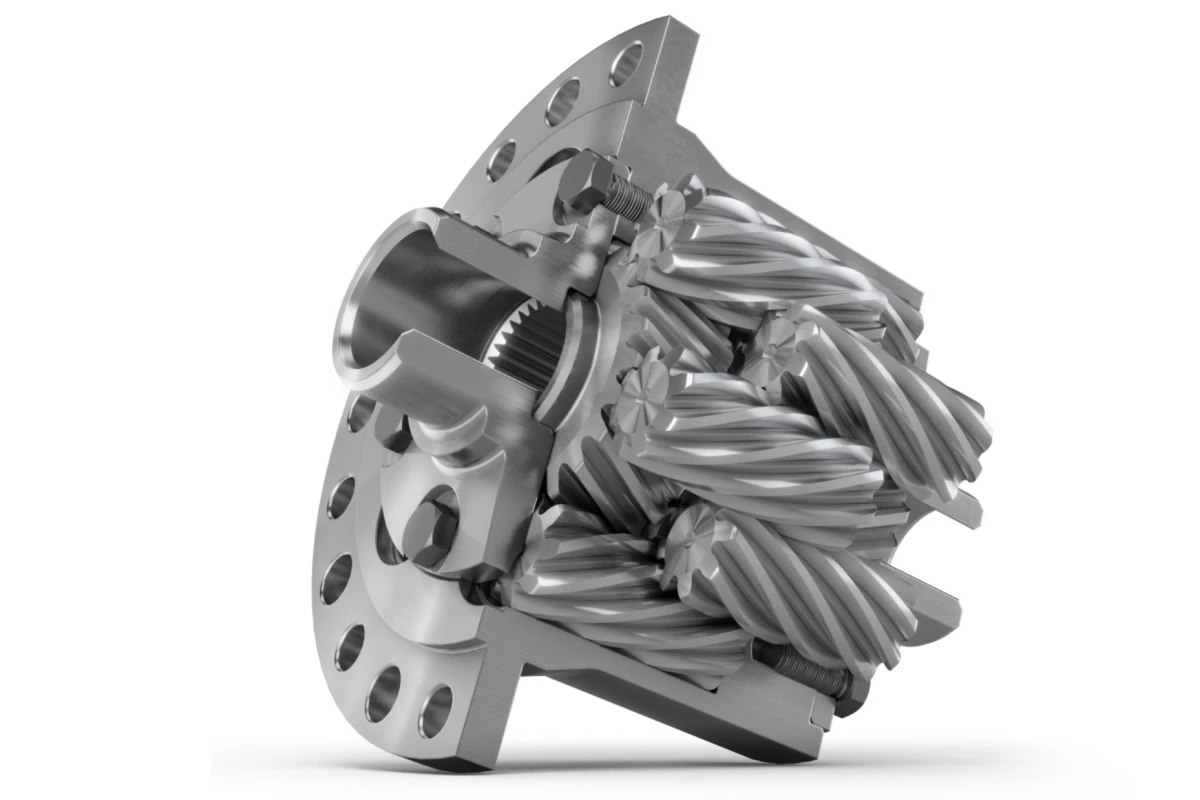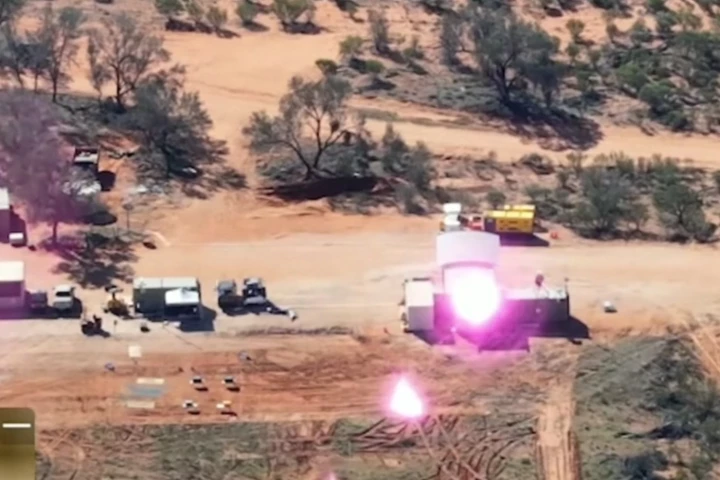With electric vehicles, batteries and electronic technologies tend to get most of the attention. But it’s where the electric becomes mechanical that small incremental changes have the biggest impact.
Eaton has introduced a new version of its Truetrac differential design, made specifically for electric vehicles. It's aimed towards trucks and sport utilities, whose designs usually include all-wheel drive or four-wheel drive, and whose chassis are more vulnerable to wheel chatter and heavier loads.
Truetrac is also designed to operate with the lighter, less viscous lubricants used in most electric powertrains. Eaton says that the EV Truetrac was designed to operate with less noise and with the immediate torque input from an electric motor.
Like all differentials, Truetrac’s job is to improve traction and cornering stability in varied terrain and with varying vehicle dynamics. Longer-wheelbase vehicles, for example, tend to have more wheel chatter in turns, as non-steering wheels turn at different rates. EV chassis designs generally follow internal combustion designs, but with motors driving the axles rather than individual wheels. This saves both complexity and unsprung weight, but the problem of wheel drag remains.

Gearing in the EV Truetrac is aligned much like the rest of the Truetrac differentials in Eaton’s lineup. Gears driven by the driveshaft (or rotor) turn individual pinion gears. Those pinions can lock or loosen according to the reversed torque being applied by the axle from the wheel.
In a turn, for example, the inside wheel will begin to drag, slowing its axle which forces the pinions to be pushed slightly out of the gear pocket, lifting a portion of their gearing off the side gear, lowering the amount of motor torque being sent to that wheel. That extra power is instead sent to the other wheel, whose pinions will be locking (getting a better bite), thus accepting more input.
Another big difference in EV design versus internal combustion engine (ICE) vehicles is the integrated nature of the drivetrain. With an ICE, the differentials are most often lubricated separately from the rest of the drivetrain, usually with heavy gear oil or grease. In an EV, the entire drivetrain often utilizes the same lubricant, shared between the motors and gearing. This thin, low-viscosity lube often does double duty as a coolant. Eaton designed the EV Truetrac to work with this lightweight fluid, through a combination of changed metallurgy for the contact metals and geometry tuning.
Noise is another issue in electric vehicles. Without the ambient sounds of an engine and exhaust, EVs tend to have lower tolerances for noise and vibration from components. Eaton changed packaging for the EV Truetrac versus its siblings in order to reduce noise and vibration.
Finally, metallurgy and tuning in the EV Truetrac was altered to accommodate the immediate high torque from an electric motor. Changes to the side gears as well as the pinions improve reliability under the higher-torque environment of an electric drivetrain.
Eaton unveiled the new EV Truetrac at the Auto Shanghai 2025 show in China and will offer this new product in both Asian and North American markets where demand for trucks and SUVs is highest.
Source: Eaton





